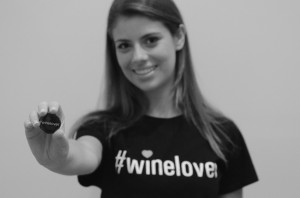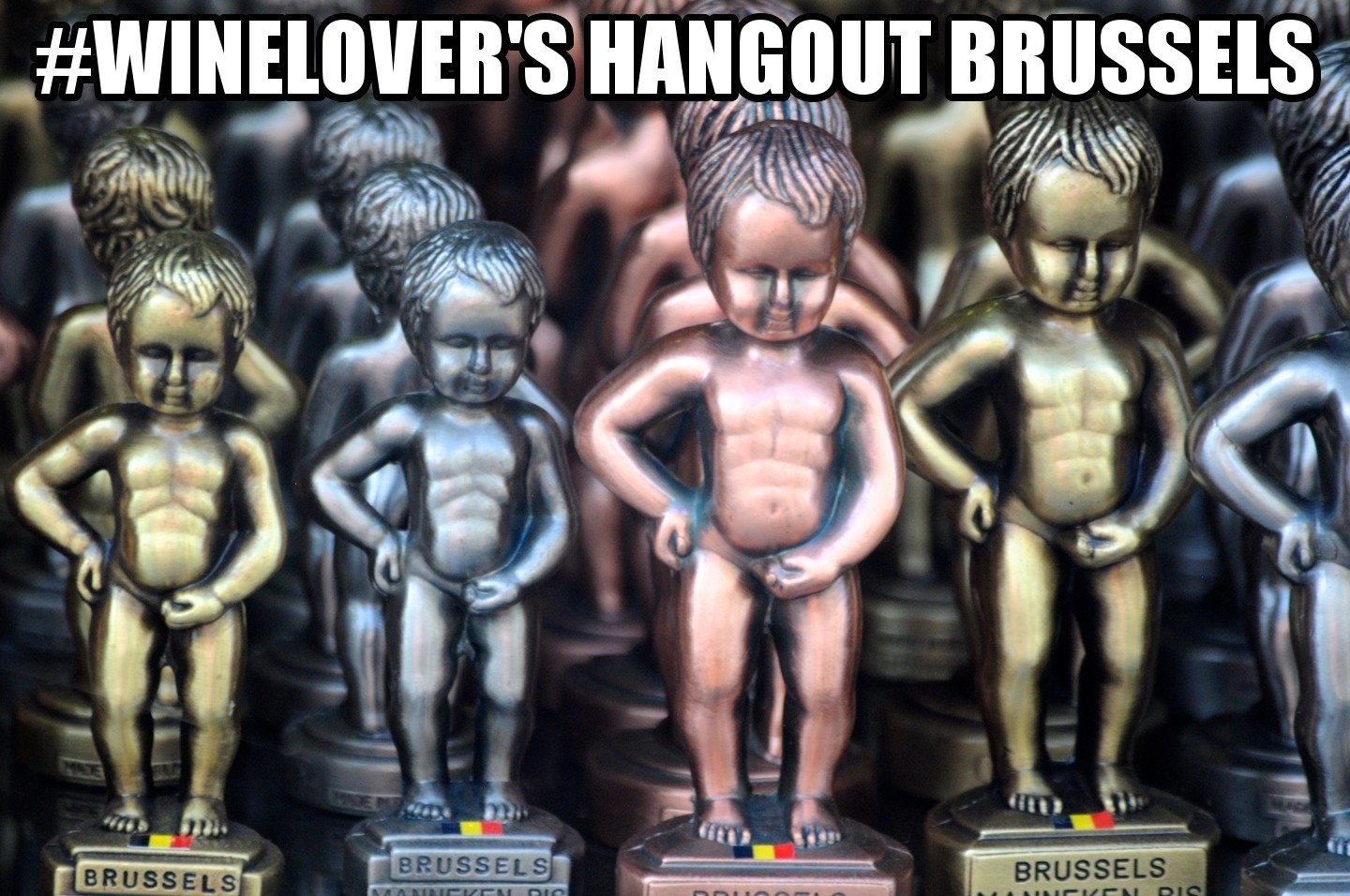We all know that Cinco de Mayo is considered ‘Margarita
Day’, worldwide.
Why wait that long?
This year, Friday, February 22nd, has been declared ‘National Margarita Day’.
Why even wait that long?
This year, Friday, February 22nd, has been declared ‘National Margarita Day’.
Why even wait that long?
For me and my Super Bowl friends, we all take a break from
wine and beer and hop onto, what I think, is a perfect drink for the big game,
a Margarita.
Why?
Simple, Margaritas pair perfectly with chips, salsa, spice,
wings and pizza. Plus, drinking from a Margarita glass adds elegance to a
rather not so elegant football day.
To me a Margarita is like drinking a Mint Julip on Kentucky Derby day or a Hurricane on Mardi Gras day.
To me a Margarita is like drinking a Mint Julip on Kentucky Derby day or a Hurricane on Mardi Gras day.
It is a natural.
To this day, the history of the Margarita is still uncertain.
There are many theories, stories and possibilities as to who and when this drink was invented. The story that I like best gives credit to a wealthy Dallas socialite named, you guessed it, ‘Margarita’ Sames.
Legend has it that when Margarita vacationed at her home in Acapulco, her favorite party game was to duck behind the bar and mix up all kinds of drinks for her guests. She used whatever liquor that was available.
During her legendary Christmas party in 1948, Margarita mixed together, Tequila, Cointreau and lime juice.
The result was immediate success.
Her friends spread the news of their favorite new drink, the ‘Margarita’.
Today, 185,000 Margaritas are consumed daily in America.
To this day, the history of the Margarita is still uncertain.
There are many theories, stories and possibilities as to who and when this drink was invented. The story that I like best gives credit to a wealthy Dallas socialite named, you guessed it, ‘Margarita’ Sames.
Legend has it that when Margarita vacationed at her home in Acapulco, her favorite party game was to duck behind the bar and mix up all kinds of drinks for her guests. She used whatever liquor that was available.
During her legendary Christmas party in 1948, Margarita mixed together, Tequila, Cointreau and lime juice.
The result was immediate success.
Her friends spread the news of their favorite new drink, the ‘Margarita’.
Today, 185,000 Margaritas are consumed daily in America.
Yes, there are numerous stories as to who made the drink
first. The bottom line is simple.
The classic Margarita is made with the same ingredients as ‘Margarita’ Sames.
2 ounces Tequila (I use Quinta de Gomez)
1 ounces lime juice
1 ounce Cointreau
Salt
Garnish: Lime wedge
Rub the rim of a Margarita glass (yes, there is a glass
named after her) with lime and dip it into salt. Mix tequila, lime juice and
Cointreau in a shaker with ice, shake, and strain into a glass. Garnish with a
lime wedge.
My other favorite Margarita recipes always include
Cointreau. There is no substitute to me. Triple Sec does not work well and
should not be an alternative for Cointreau.
This is the recipe for the Luxe Margarita.
1 ounce Tequila Bianco (Quinta de Gomez)
½ ounce lime juice
Prosecco, Cava or Champagne, 1 flute
3 dashes Peychaud’s bitters
Shake all tequila, Cointreau and lime with ice and strain into a chilled flute. Top with sparkling wine and bitters.
1 ounce Tequila Bianco (Quinta de Gomez)
½ ounce lime juice
Prosecco, Cava or Champagne, 1 flute
3 dashes Peychaud’s bitters
Shake all tequila, Cointreau and lime with ice and strain into a chilled flute. Top with sparkling wine and bitters.
Spicy Margarita:
2 ounces Tequila Bianco
(Quinta de Gomez)
1 ounce Cointreau
¾ ounce lime juice
1 ounce Cointreau
¾ ounce lime juice
2 slices jalapeno
Pinch of cilantro
Combine all ingredients except cilantro and jalapeno, add
ice, shake and strain into an iced rock glass. Garnish with cilantro and
jalapeno.
The drinks are easy to make.
Always remember to use Cointreau, never Triple Sec.
Always remember to use Cointreau, never Triple Sec.
Start your party off with Margarita's and at half-time, serve Jambalaya, Chardonnay, Chianti and beer.
It will be a night to remember.
It will be a night to remember.
PHILIP S. KAMPE




































